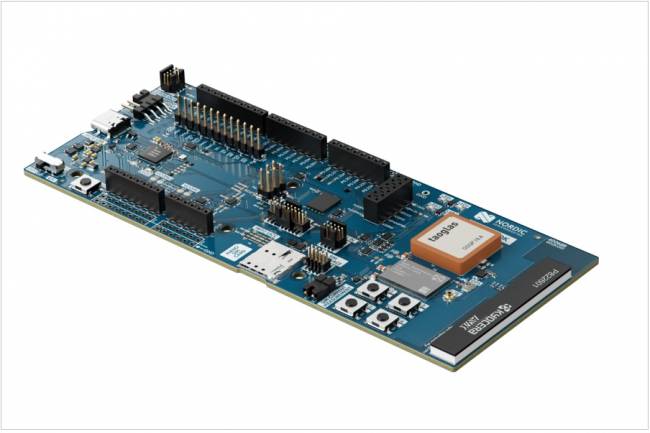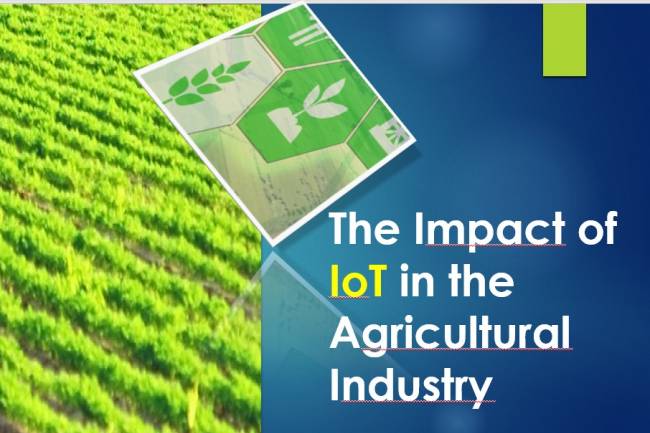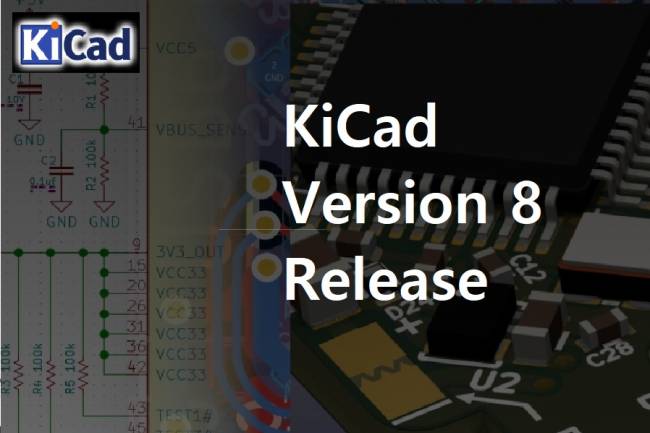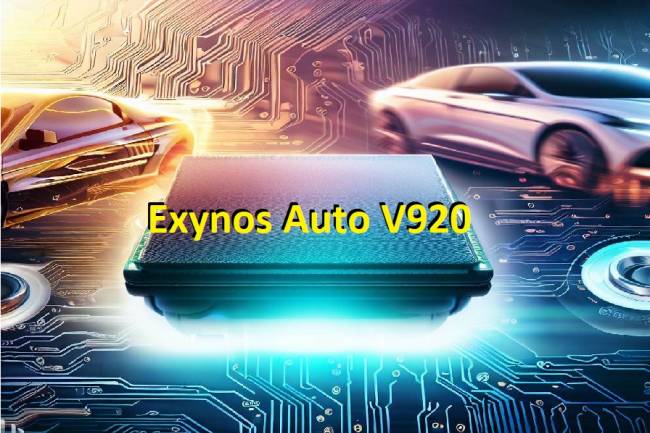
Why should we teach electronics to children?
Developments in electronics and software require many scientific and technological fields to work with each other today. As an example, we can give the field of mechatronics. Many more examples can be given about the intersection of the fields of study of science and technology.
Developments in scientific fields; discoveries and inventions have made and continue to make breakthroughs thanks to the development of the field of electronics. The first thing that comes to mind when "science" is mentioned is data. We can make many data classifications such as observational data, experimental data. Data acquisition is the first important step for science. In any field of science, many and various data can be received and processed thanks to electronic devices. And of course, the computer-software component in the fields of science also has a very important function in the acquisition and processing of data.
In addition to classical observation and quantitative measurement in scientific fields, experimental simulations enable us to reach discoveries and inventions more quickly. When simulations are carried out in software on a computer system, the door to discoveries and inventions, namely scientific and technological developments, is opened.
In short; Electronic and software technologies are the basis of scientific and technological developments. This is an important fact and raises another question. How should the education of people in electronics and software technologies be so that science and technology developments are healthy and exciting?
The century we live in is a century in which people need to develop themselves in many ways. It is now a very common and necessary issue that even vocational training in vocational education institutions enters different professions.
People outside of vocational education institutions also need to gain practical and simple vocational qualifications. Already, when our age is the age of electronics and software, people are familiar with using electronic devices and software to a certain level as per their needs.
When it comes to electronics, we have to ask whether basic electronics and software courses should be given in all kinds of educational institutions. The short answer to this question should be yes.
In educational institutions, before the trainings in vocational schools, basic-practical electronics and software courses should be given. These basic-practical and easy-to-understand lessons in younger age groups also provide the opportunity to choose individuals with electronics and software predispositions in the future. A child whose professional skills are not electronic and software can receive education in other fields. However, since he will definitely encounter electronics and software in his professional life, the basic electronics and software courses he has taken will contribute to his different professional field.
The child-human who chooses a science and technology field other than electronics and software will definitely interact a lot with electronics and software in his own scientific field.
Man is a multidimensional and multidimensional being. When it becomes a necessity for people who choose scientific fields as vocational fields to acquire polytechnic features and skills, the educational content must also be polytechnic.
Children's electronic education can begin between the ages of 5-10. Basic electrical-electronic experiments should be supported with educational animations in computer environments. There can be many real application contexts such as simple lamp installation, simple coil winding and relay construction, simple sensor circuits. With graphic animation supports, the child can be taught in an understandable way how a transistor or other electronic circuit elements work and what can be done.
After the 5-10 age range is passed as we mentioned, multi-component electronic circuits can be passed. Of course, each child's learning and skill predisposition will be different. For this reason, trainings supported by animations and simulations can be preferred without over-compulsion.
Today, electronic and software learning opportunities have increased. Especially since the production of microcontroller systems has increased and the prices are quite affordable compared to years ago, every person who has received basic polytechnic education can learn electronics and software design at any age.
Learning very advanced electronic-software, of course, also depends on serious professional work.





























